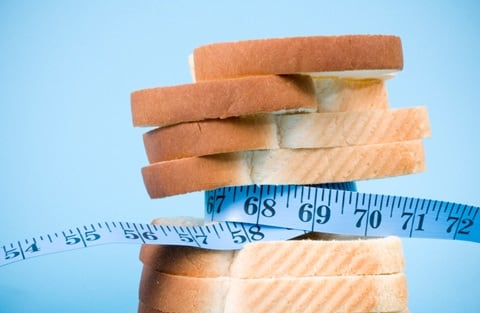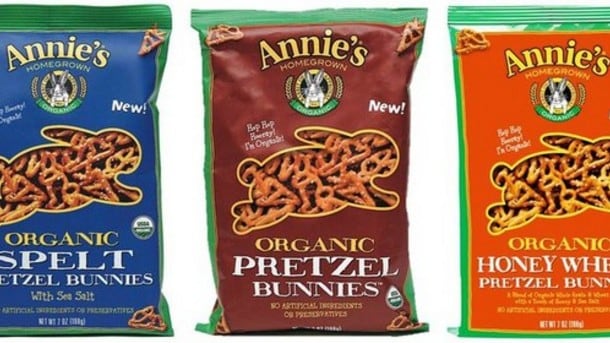Words like “premium” or “high end” are often tossed around in the industry to describe packaged food products usually containing the nutritional values consumers believe are good for their bodies, promising it to be free from whatever content has the villain spotlight. Almost always, the premium option means paying for the pricier option available.
So much so that a survey by Mintel found that 65% of Canadians see free-from labels as a way for companies to charge more (though 80% of these same consumers said they buy products with free-from claims).
“I do believe that ‘free-from’ is mostly about marketing. We live in a world where you now have ‘free-from’ awards,” Rachel Cheatham, founder and CEO of consulting practice Foodscape Group told FoodNavigator-USA. “I think it’s an overreaction to previous products that maybe weren’t the best the food industry can offer. It’s an overreaction that will eventually fade away—I’ll be optimistic—in the next five years.”
It’s still in the label
Cheatham expects that in the near future, the barrage of free from claims will become white noise and lose the associations of health and wellness many consumers have of it.
By that time, “health and wellness” might not even be seen as a niche in the CPG industry anymore. “I think [health and wellness] has been associated with the premium market—but if you look at it by subcategories, like say, organic, it’s been growing and going into the mass market channel,” said Samuel Fromartz, editor-in-chief of The Food and Environment Reporting Network. Fromartz would know—he authored the 2007 book Organic, Inc.: Natural Foods and How They Grew, exploring how organic food has become “a juggernaut in an otherwise sluggish food industry.”
Both Cheatham and Fromartz pointed to an increased awareness on issues of sourcing, packaging, and nutritional value among consumers. This in turn increases demand for food that screams “health and wellness” for every category, be it breakfast, a snack, or even breath mints. “Fingers crossed, the day will come when instead consumers will ask ‘what is in here?’” Cheatham said about the consumer in 2020.

And that’s the next quest Cheatham, who has a background in nutritional biochemistry, thinks consumers will go on: the hunt for “nutrient dense” products. “We’re going to hear more about nutrient density, and if you look at the past 10 years, some [brands] have gone that road. This idea of natural nutrients in high amounts—whatever brands say to articulate what scientists or nutritionists would call ‘nutrition density,’ I think we’ll see more of this.”
When it comes to labels, Fromartz also thinks there will be continued growth of regulatory labels such as “GMO-free verified” or “organic” instead of vague ones like “natural” or “healthy.” Gluten may lose its popularity as the villain of choice, but both Fromartz and Cheatham said that weight management and countering obesity will still be a top concern of consumers.
Tribal alliances dissolve as Big Food buys smaller companies
Cheatham observed that the birth of so-called food tribes such as “the foodie,” “the health-nut,” or “the pegan” (that’s paleo and vegan) comes from people’s yearning for guidance. “When buying food, they don’t want to think too hard about it. At the same token, I think now they’re wising up.”
“It’s unfortunate; it’s born out of the fact that too many products with unnecessary unhealthy ingredients got into the market place that it became such an epidemic,” Cheatham said. But she expects these tribes would disintegrate as the CPG industry steps up its game of offering healthier products.

One sign the industry is doing this is the acquisition of smaller, innovative brands by bigger ones, like how General Mills bought EPIC and Annie’s. Reportedly, these smaller brands still hold a lot of authority in the way they do things, and though Fromartz expects a small minority of the “hardcore green foodie” types to suspect some compromise in such products after being acquired by bigger companies, he thinks most people won’t care. “It’s more like a reshuffling of the chairs on a ship,” he said about the acquisitions.
And with the resources and access of the big companies, these smaller brands can break free from the niche market and enter mass market channels, losing the air of exclusion and premium it might once have had (even convenience stores are trying to stock up more better-for-you brands).
